Continuous Improvement in Agile: Unleashing the Power of Kaizen
In the realm of Agile, the journey is as crucial as the destination. Here's a deep dive into the principles of continuous improvement, ensuring your Agile practices evolve and adapt seamlessly:
Keep Reading Below↓
1. Embracing Retrospectives:
Key Components:
Regular Reflection:
Conduct regular retrospectives at the end of each iteration to reflect on what went well and areas for improvement.
Open Communication:
Foster an environment of open communication where team members feel free to share insights.
2. Kaizen Principles in Agile:
Unveiling Kaizen:
Continuous Small Improvements:
Introduce the concept of Kaizen, emphasizing the power of small, continuous improvements over time.
Elimination of Waste:
Identify and eliminate wasteful processes or practices hindering efficiency.
3. Learning from Metrics:
Data-Driven Insights:
Utilizing Agile Metrics:
Implement Agile metrics such as Velocity and Burndown Charts to gain insights into team performance.
Feedback Loops:
Establish feedback loops based on metrics to make informed decisions for improvement.
4. Fostering a Culture of Learning:
Cultural Shift:
Celebrating Learning:
Cultivate a culture where learning from both successes and failures is celebrated.
Knowledge Sharing:
Encourage knowledge sharing sessions and cross-functional training.
5. Adapting Agile Practices:
Flexibility in Process:
Tailoring Practices:
Recognize that Agile is not one-size-fits-all; adapt practices to suit the unique needs of your team and organization.
Experimentation:
Promote a mindset of experimentation, where teams are encouraged to try new approaches.
6. Implementing Feedback Loops:
Continuous Communication:
360-Degree Feedback:
Establish feedback loops at various levels, from team dynamics to customer feedback.
Iterative Adjustments:
Use feedback to make iterative adjustments to processes and workflows.
Conclusion:
In Agile, the journey towards improvement is perpetual. By embracing retrospectives, Kaizen principles, and fostering a culture of learning, organizations can harness the true potential of Agile — a methodology that not only adapts to change but thrives on it.

